Grow An Indoor Cancer Fighting Garden with Easy House Plants
Approximately 40% of people will be diagnosed with cancer during their lifetime. It is a nasty, complex disease with many contributing factors. And while there are no guarantees that cancer can be prevented or cured, there are many things that can be done to help fight it. One such simple thing is surrounding yourself with indoor houseplants. And it can be easy to grow your own indoor cancer-fighting garden when you choose the right plants.
This post contains affiliate links. As an Amazon Associate, I earn from qualifying purchases.
Can House Plants Prevent Cancer?
The short answer to the question “can house plants prevent cancer?”, is, of course, no. Cancer is a very complicated disease with many factors involved and no single cure, treatment, or prevention. However, as you will read in this article, there are many health benefits to growing plants indoors that can help people who are fighting cancer.
Caring for house plants may alleviate many cancer-related side effects. Thus, plants can tremendously impact the health and well-being of cancer patients and cancer survivors.

Do Indoor Plants have Health Benefits?
I have written about the health benefits of trees and plants in the forests when outdoors walking and hiking. It can be so refreshing to be outside in the woods exercising your body and clearing your mind.
However, most people spend an average of 80 – 90% of their days indoors. So, bringing a little bit of the healing properties of nature inside makes sense.
5 Physical Health Benefits of House Plants for Cancer Patients:
There are many physical health benefits to caring for indoor house plants. Below I list 5 health benefits relevant to cancer patients.
1. Plants Speed Up Recovery from Cancer Treatments
There has been a recent trend in healthcare facility design to increase garden space for patients. This is because plants seem to help us recover faster, with lower rates of complications during treatments.
2. Plants Reduced Pain Perception
One of the side effects of many cancer treatments, especially surgery, is pain. And it seems that plants lower our perception of pain. A few studies found that surgical patients who were able to view plants and trees during their stay in hospitals requested less narcotic pain medication and opted for milder painkillers instead.
3. Gardening Increases Dexterity and Mobility
Caring for plants requires body movement. Potting, pruning, watering, and misting allow our fingers, hands, arms, and body to gently exercise. This increases the mobility of these joints and improves dexterity. And you likely won’t even know that you are exercising because indoor gardening is fun.
4. Plants May Improve Heart Health
Plants have been shown to lower blood pressure. They also can lower our stress levels. Both of these positive effects of plants improve heart health and may lower the risk of a heart attack.
5. We Breathe Easier Around Plants
Plants produce oxygen and balance humidity levels in the air, which makes it much easier for us to breathe. They also help keep our lungs healthier by filtering out some of the potentially harmful chemicals in the air.
5 Mental Health Benefits of House Plants for Cancer Survivors:
Gardening has many mental health benefits and has been studied for decades. Below are 5 mental health benefits of house plants for those dealing with cancer.
1. Plants Improve Brain Function, Attention, and Focus
Since the 1980s, researchers have known that gardening increases attention and focus. This is good news for those suffering from chemo brain or brain fog after cancer treatments. Branches of psychology, including horticulture therapy and ecotherapy, use plants to improve patients’ mental well-being. More recent studies show that this beneficial effect may be the result of alterations in brain wave patterns.
2. Caring For Plants Is a Mindful Activity To Reduce Stress
Growing plants has long been used in psychiatric therapy. Since the 19th century, horticulture therapy has been helping improve the mental health of patients. Part of this success is that caring for plants helps to reduce stress and provides a positive and satisfying focus.
3. Plants Impart Calming effects
Many studies have shown that simply looking at plants for a few minutes can be calming and reduce stress. Plants bring us closer to nature and impart positive effects on our emotional health.
4. Plants Are Aesthetically Pleasing Which Improves Mood
Most people would agree that plants are pleasing to look at. We seem to connect with nature visually, more so than our other senses. One interesting study demonstrated that people were happier when in a room with a plant.
5. Plants Enhance Well-Being and Ease Depressive Feelings
It is well known that plants boost our spirits. They make such wonderful gifts for hospitalized patients. They can improve our overall outlook too. Gardening therapy is recommended by many mental health professionals, as plants can ease symptoms of depression and anxiety.
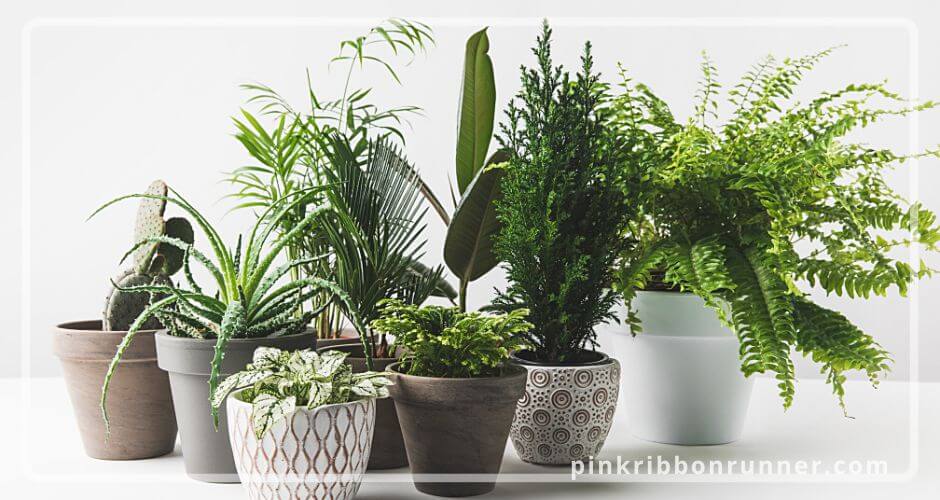
House Plants Improve Indoor Air Quality
Plants are amazing. Not only are they pleasing to look at, but many of them can also filter out common household pollutants from the air. In a process called phytoremediation, plants absorb toxic molecules from the air, then modify them to make them less toxic. During the day, they restore the balance of oxygen and carbon dioxide in the air. We can breathe better when we are surrounded by plants.
The research behind this started in the 1970s from a famous study supported by NASA. They found that the air was cleaner when a space contained plants. They also found that plants can restore the molecular balance in the air and filter out such pollutants as carbon dioxide, volatile organic compounds (VOCs), organic compounds, nitrates, ammonia, and other potentially harmful chemicals.
However, plants are not a replacement for proper fresh air exchange. One study showed that you need a minimum of 10 plants/m2, often many more, to successfully remove all the VOCs continuously. So, it is also important to have fresh air coming in and stale air going out too.
Are Plants Good for Cancer Patients?
In a scientific review published in June 2021, researchers noted that plants can release small particles called allelochemicals, into the air that interact with nearby airborne microbes. Other studies estimated that plants can reduce airborne microbes by as much as 50%, compared to spaces that do not contain plants. This is potentially good news for cancer patients, as often cancer treatments can suppress the immune system leaving the patient more likely to develop infections. If plants can reduce that risk, then they are good for cancer patients.
Because plants also help regulate environmental humidity and eliminate air pollution around them, cancer patients can breathe easier knowing they are less exposed to common household toxins.
Further, cancer is a devastating, depressing, and lonely disease. Bringing a little nature into a cancer patient’s indoor space can brighten the environment and their mood.
7 Best House Plants for People Healing from Cancer
Below are my top picks for the best houseplants for people healing from cancer. These make great gifts for cancer patients too.
1. Boston Fern (Nephrolepis exaltata)
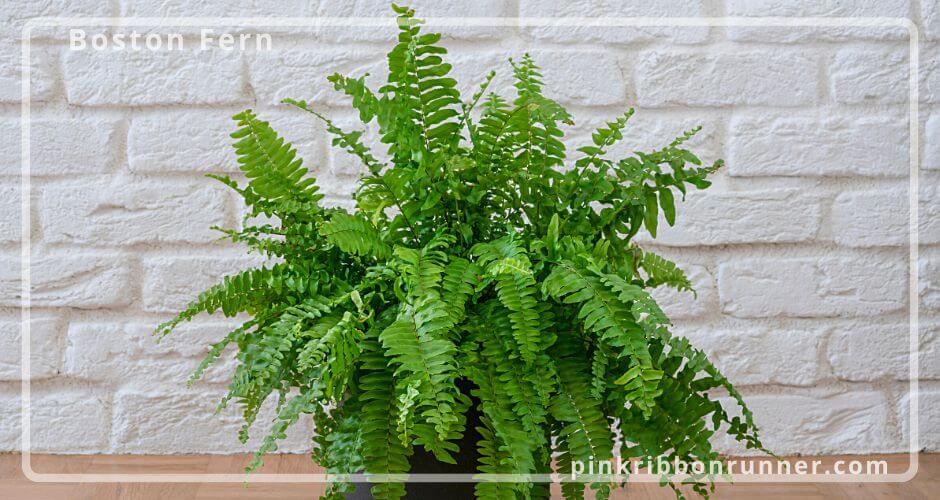
The Boston fern is a very popular plant that is known to filter out carcinogenic compounds, such as formaldehyde, xylene, and toluene, from the air in your home. It grows well indoors, as it does not like direct sunlight. This fern prefers a shadier spot with at least 2 hours of indirect light per day. It does like higher humidity, but a daily misting can provide that. Keeping a Boston fern in your house can help you breathe a little easier and is pleasant to look at.
2. Spider Plant (Chlorophytum comosum)
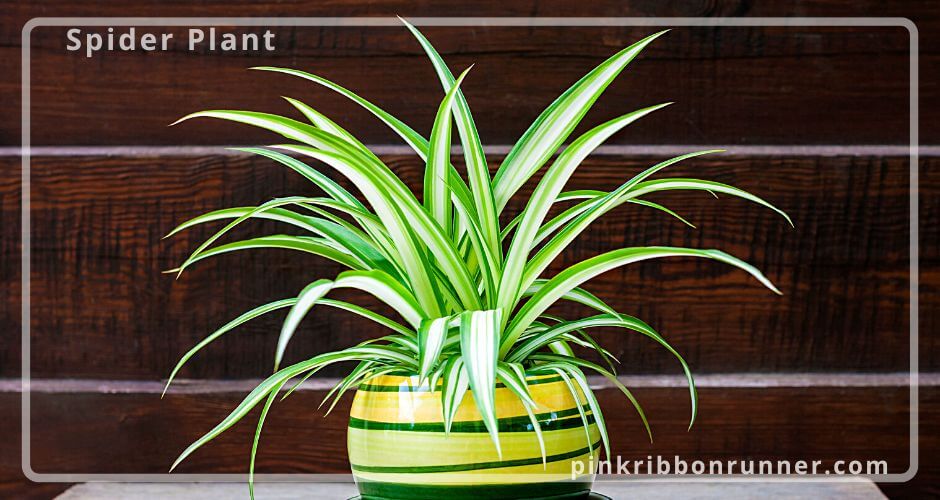
Another popular plant known for its air purification abilities is the spider plant. This beautiful leafy plant is safe if you have pets. It is so easy to grow, it is said to “thrive on neglect” … well, it does need some care, but not much. The spider plant has also been studied for its effect on our moods, reducing anxiety, anger, and depression. Researchers found that people caring for spider plants for just 2 weeks had lower levels of cortisol, the stress hormone.
3. Parlor Palm (Chamaedorea elegans)
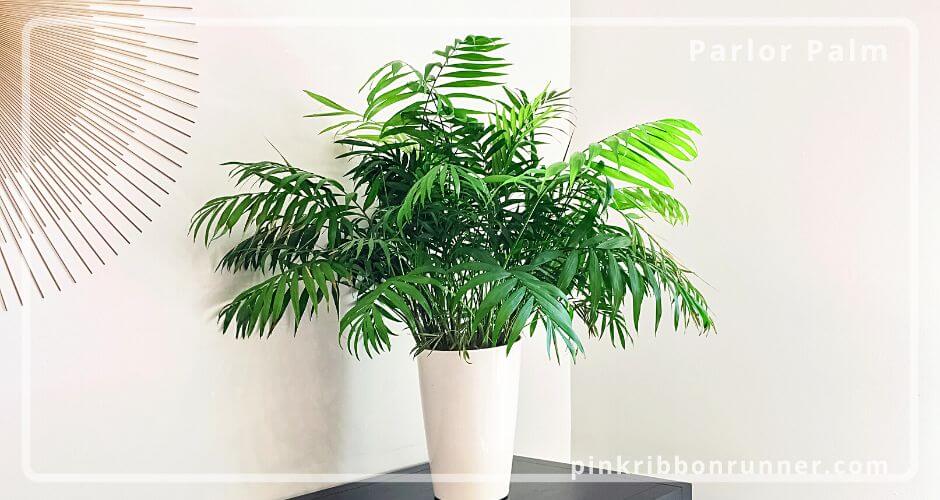
The parlor palm is a small tree that grows well indoors. It is a non-toxic plant that is very easy to grow in a variety of light conditions. This palm variety is one of the best houseplants to remove carbon dioxide and produce fresh oxygen in your home. It is known to help those with respiratory problems breathe a little easier, as it also humidifies room air.
4. Edible Herbs (basil, parsley, mint, rosemary, sage).
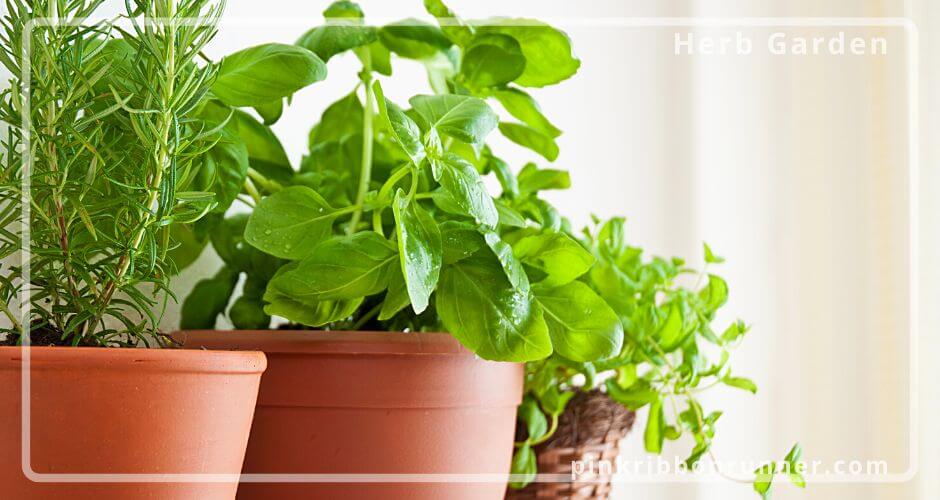
Fresh herbs are easily grown at home indoors. They do need a lot of light, so a sunny windowsill is a great place to grow them. Fresh herbs taste better and have more nutrients for healthy eating. They can be an easy and flavorful way to replace salt in your meals. Even just the aroma of the herbs can lift the spirits and calm the mind. Many herbs have antioxidant, anti-inflammatory, and anti-cancer properties. They are packed full of vitamins, minerals and other nutrients too.
5. Aloe Vera (Aloe barbadensis miller)
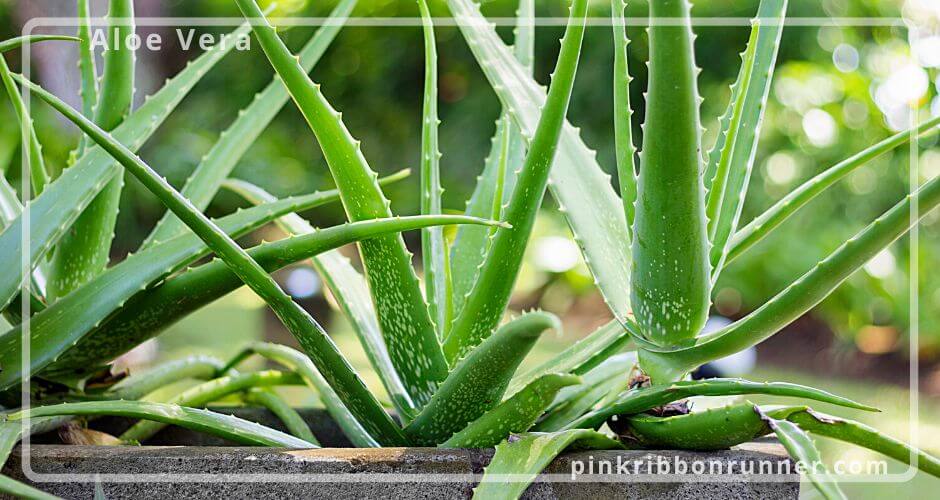
Growing aloe vera in your home is like growing your own little first aid plants. For centuries, this easy-to-grow succulent plant has been used to treat minor wounds and common ailments. Aloe vera has been used by those with radiation therapy burns with some success and has anti-inflammatory action. It may also have some anti-cancer effects.
Be sure to discuss the use of aloe vera with your oncologist to ensure it is safe and appropriate for you. Aloe vera can cause health issues, including kidney damage if ingested in large quantities. It can be irritating to sensitive skin when applied topically.
6. Peace Lily (Spathiphyllum wallisii)
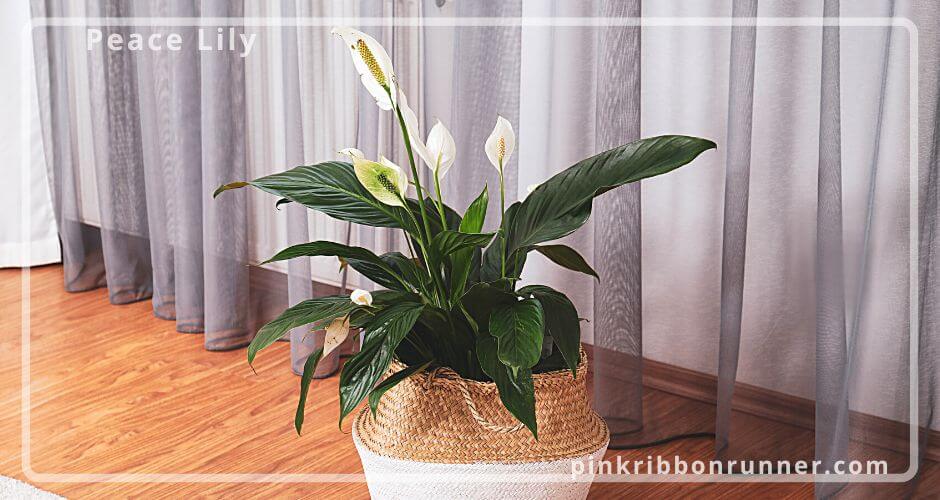
Peace lilies are tropical plants that like a little humidity but don’t like to be overwatered. They are a beautiful plant that makes a great gift, as they can brighten the mood. This plant is one of the best air-purifying plants, with the ability to filter out more environmental toxins than most plants. The peace lily can also lower the risk of mold and mildew build-up in the home by soaking up moisture from the air.
Note that peace lilies, although not true lilies, are toxic to pets, people, and children if eaten in large quantities.
7. Prayer Plant (Maranta leuconeura)
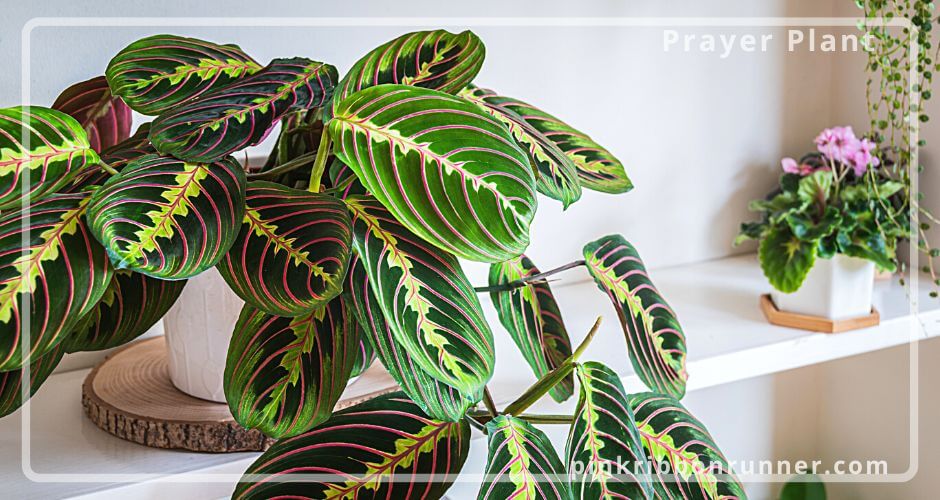
The prayer plant is an interesting plant that also makes a great gift. The plant symbolizes gratitude, positive energy, and good luck. It gets its name from leaves that fold up at night in “prayer”. The leaves move slowly during the day from fluid changes within the stems, which gives this pretty plant some fun personality. It comes in a variety of beautiful colors. And this easy-to-care-for plant also absorbs household air pollutants and noise in your home.
Plants to Avoid if You Have Cancer
While most household plants have both physical and mental health benefits for those with cancer, some plants should be avoided.
Plants That Can Cause Skin Irritations
Some plants, such as the ZZ Plant (Zamioculcas zamiifolia), contain topical irritants. These may cause skin rashes and sores when accidentally touched. Since many cancer treatments cause skin issues, it is best to avoid plants that can irritate the skin.
Too Many Plants May Not Be Healthy
While plants are wonderful for filtering the air and producing oxygen, they reverse respiration at night. When light is not available for photosynthesis, plants will use oxygen and expel carbon dioxide in their respirations. So, it probably is not a healthy option to fill your bedroom with plants that potentially could compete for your air at night while you sleep. A few plants in the bedroom are okay.
Plants That Are Toxic If Ingested
Many plants are pretty to look at but can be fatally toxic if ingested. Fox glove comes to mind, as this plant contains digitalis and can kill a person if enough is ingested. Toxic plants are best avoided, especially if there are children or pets in the household.
Some People Have Allergies to Plants
Of course, avoid any plants that you suspect or have confirmed you have allergies to.
Plant Safety Lists
To avoid an accident, it is always best to check the plant safety lists below. While not specific to cancer patients, I recommend you avoid any plants on the toxic list.
Poison Control List of Poisonous and Non-Poisonous Plants
ASPCA Toxic and Non-Toxic Plant List for Dogs, Cats, and Horses
I hope you enjoy your plants as much as I enjoy mine. Comment below and tell us what plants are in your indoor garden.

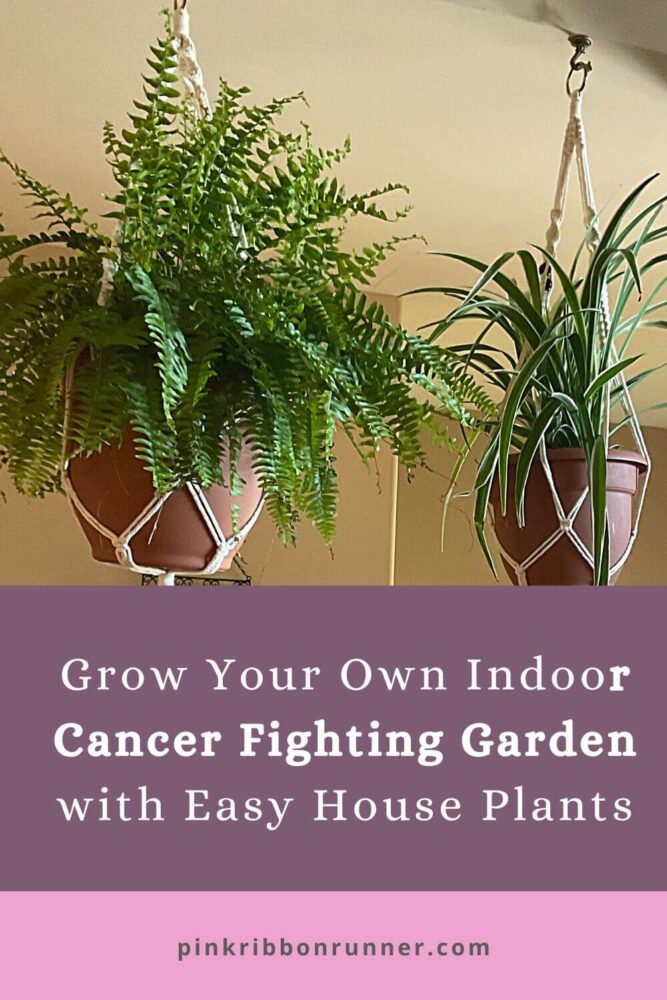
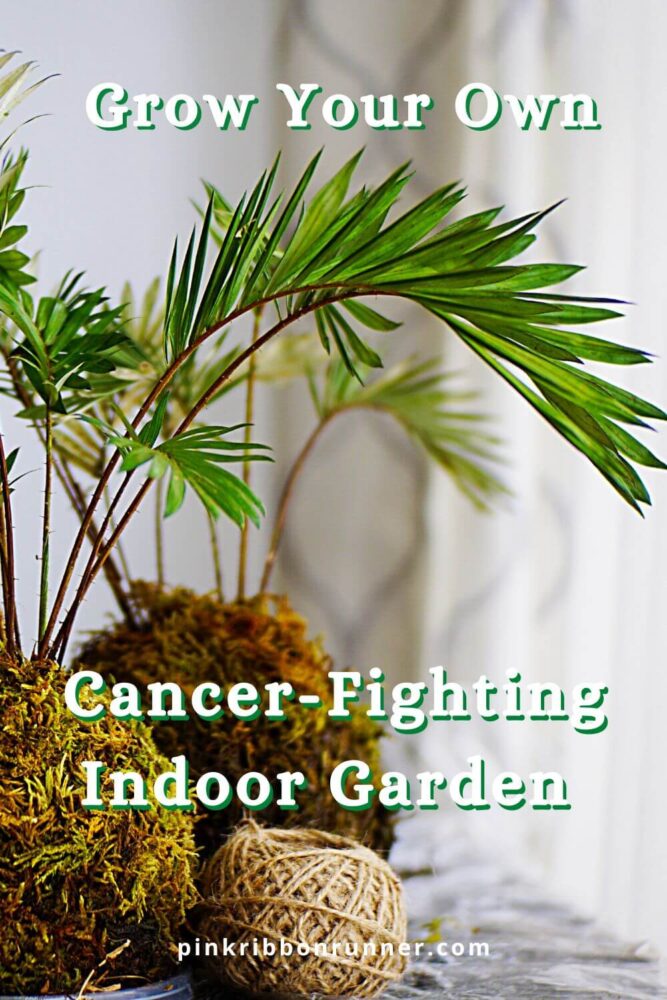




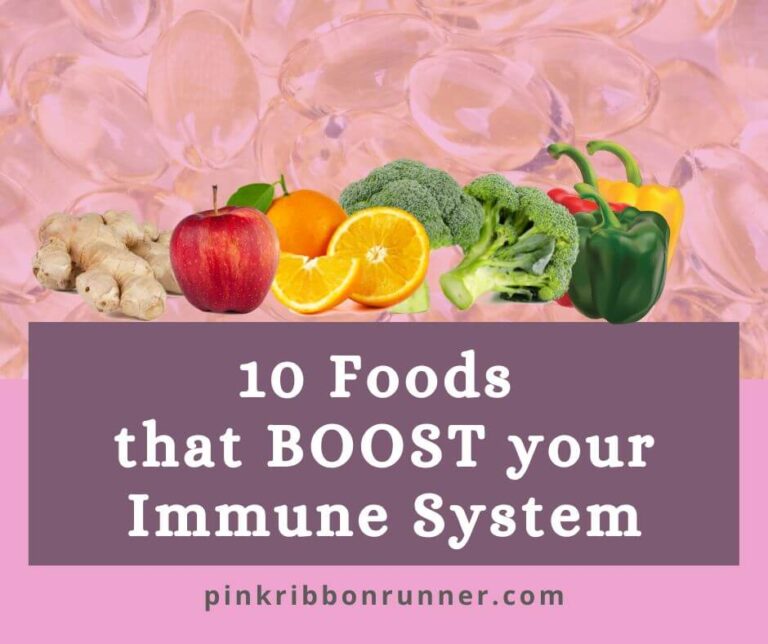


This was very informative! I love all of the research citations that you included. Great post!
Interesting 👍🏼🤍
What a great read! I’m looking forward to starting a couple Boston Ferns this winter.
I love a house full of plants! They are so healing. Thanks for connecting plants and cancer for all of us!
This was a very educational article for me – thank you for sharing. I already have an herb garden but I would like to try the other house plants explained here.